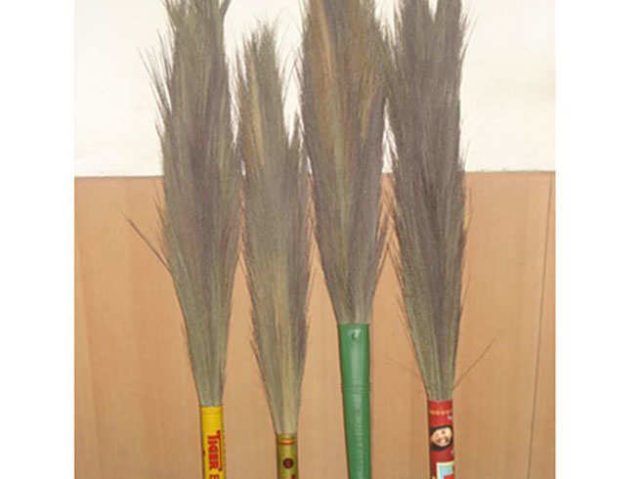Project Report For Broom Manufacturing
Introduction
The project report for Broom Manufacturing is as follows.
Brooms are used for cleaning floors, dusting, and other tasks. Brooms are commonly seen in wooded environments. After harvesting, they are trimmed to the necessary size with a cutter and bundled using a plastic packaging machine. For a huge number of tribals, crafting hill brooms is a source of income.
Mexico grows and processes the bulk of the broomcorn and sotol fibre utilised in American broom manufacture. Sotolfibre, a yucca fibre, is sometimes used on the inside of the broom and wrapped with more expensive broomcorn, lowering the price of the natural-bristle broom.
The majority of broomcorn brooms are still handmade. To make brooms by hand, a single operator works quickly at a machine. Broomcorn brooms have seen several minor changes in the production process during the last few decades. The craftsmanship has mostly stayed constant since the mid-twentieth century.
Project Report Sample Of Broom Manufacturing
Get Completely Custom Bankable Project Report
Brooms were widely used in marital customs to symbolise a togetherness. In a civil ceremony known as “jumping the broom,” enslaved African-Americans were wedded by physically jumping over a broom to signify marriage. During weddings, African-Americans reenact this ritual by jumping over a broom that has been carefully made and embellished. The brooms are then used to create a focal point in the new residence.
The ingredient used is broomcorn, which comes in large bales. The grass bundles are separated into categories depending on their length and colour. Sotol fibre from the yucca plant may be used in cheaper broom-corn brooms.
A white metal wire, about 18 gauge, is used to tie the broomcorn and sotol to the handle. With a little nail or two, the wire is attached to the handle. Wooden handles are the most common. American hardwood is occasionally used, but Ramin wood, an imported wood with a dense, heavy, coarse grain, is most frequently used.

Process Of Broom Manufacturing
- Over a six-month period, millet is sown as a 90-day crop in staggered rows.
- The millet is then harvested by hand because it is too tall to be done so mechanically. By bending over armfuls of millet stalks from several rows to create an interwoven table of millet, the millet is “tabled.” The millet heads are then cut off using a little knife.
- The bundles of millet heads are laid out on tables for a day to dry, after which the millet seed is removed. They are then brought inside and placed over racks for three weeks to finish drying.
- The millet is manually assessed for length and quality once it is delivered to the manufacturer.
- The wire is used to secure the millet to the broom handle, and to create a lovely finish, the straightest fibers are placed on the exterior of the broom.
- Depending on the size of the broom, between two and seven lines of thick thread are stitched across the millet as the broom is sewn.
- Trimmed, tagged, and packaged for pickup, the broom is.
Market Potential Of Broom Manufacturing
The global broom market was valued at approximately USD 898.6 million in 2017 and is expected to reach USD 1,118.3 million by 2024, growing at a CAGR of around 3.1% between 2018 and 2024.
The market size of traditional brooms made from natural fibers such as grass and corn husk was worth around USD 2 billion in 2018. However, the market size of modern brooms made from synthetic fibers such as plastic and nylon is also growing due to their durability and ease of use.
Expenses

Product Cost Breakup

Reveneue Vs Expenses

Market Trend

A common home item is a broom. For marketing purposes, it is transported to several districts. It is widely available and sold at Super Bazars, Kirana Shops, and other venues. Economics are calculated using average expenses, which may vary somewhat from area to location and must be adjusted.
Before being transported in a bale, broomcorn is painstakingly graded to determine its quality. The least attractive broomcorn is brown-red broomcorn, which is characterised by length and colour. If the operator keeps the flawed production disguised, inferior broomcorn can be employed on the interior of the broom near the handle.
In addition, the machinery must be in good functioning order. Each broom-making machine is scrupulously maintained, and the craftsman in charge of each machine immediately notices when something is wrong. Hydrostatic dryers and seed removers, for example, are regularly monitored to ensure appropriate performance. However, the broom producers themselves are the key to determining the quality of broomcorn brooms.

